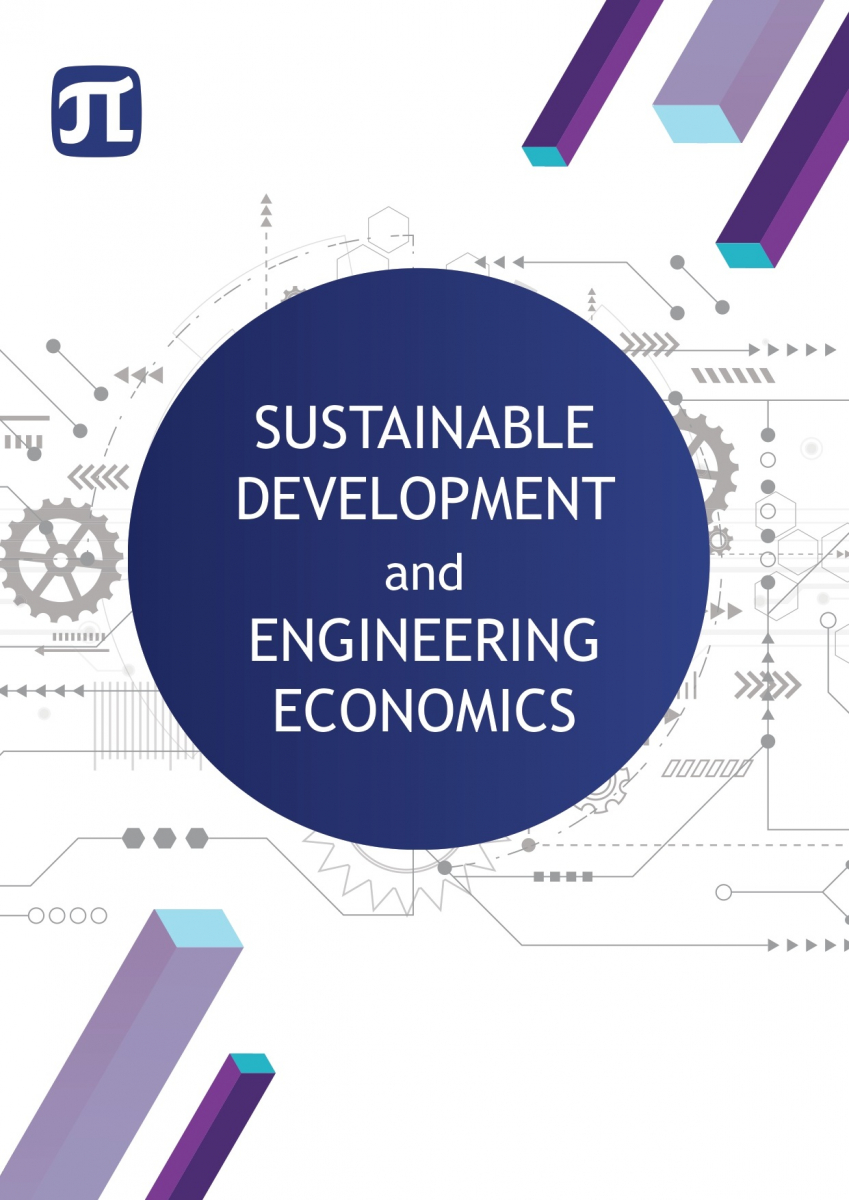Complex Modelling of Regional Tourism Systems
This study aimed to examine the prospects of various modelling tools in building complex models of regional tourism systems. It surveyed the international experience in forecasting tourist demands and modelling the tourism industry. It found that the hybrid approach – combining simulation modelling with econometric models to forecast tourist demands and deep learning models to process data from various sources – seems to be the most promising one. Simulation modelling is divided into two parts: system dynamics as a model of domestic tourism in terms of assessing state support’s impact on the development of tourist infrastructure and agent-based modelling, which is used to form tourists’ profiles and assess their needs as accurately as possible. Then, a more detailed study of the possibilities of using CGE models in the framework of integrated modelling of the tourism system, with an emphasis on sustainable development, was proposed. To reduce the level of uncertainty typical in a socio-economic system, integration into the CGE model of production functions was proposed. Thus, the potential applicability of using production functions for modelling tourism processes from the point of view of the state of the economy in a pandemic s being investigated. This study classified the production functions and adopted the function of constant elasticity of substitution to assess the income gained from the tourist products consumed by domestic tourists. Based on synthetic data, the possible income from tourist products were calculated using the income distribution in four groups of profitability. We performed the calculation using written code in the statistical programming language R. The formula we used considered the annual income of population groups, spending on rental housing and the consumer basket, as well as the elasticity of consumption of tourist services.


